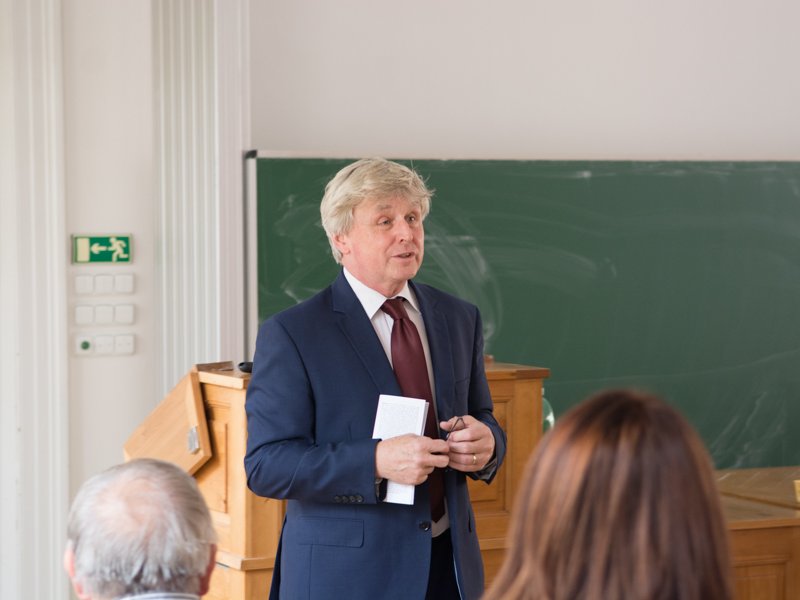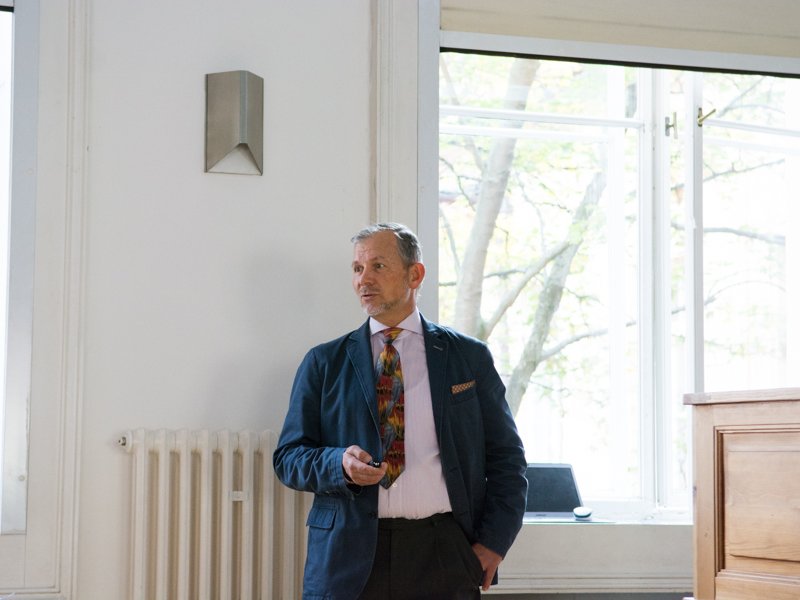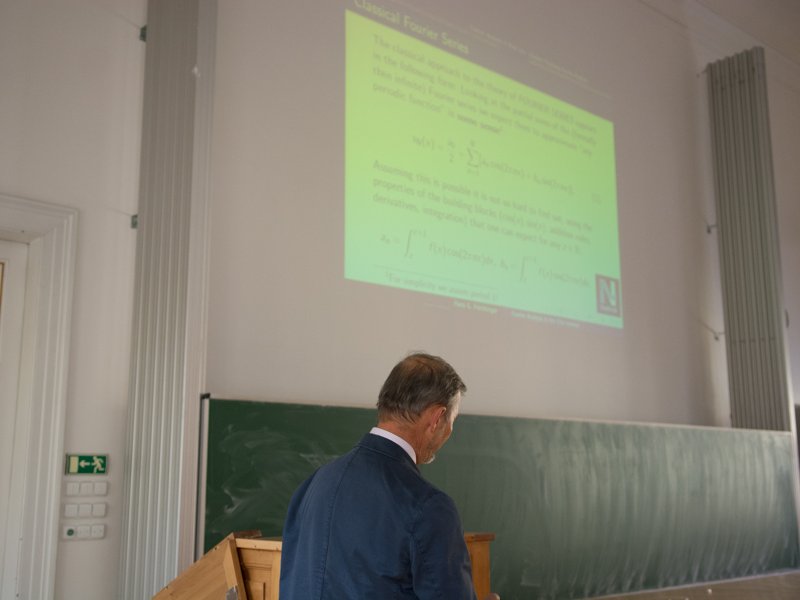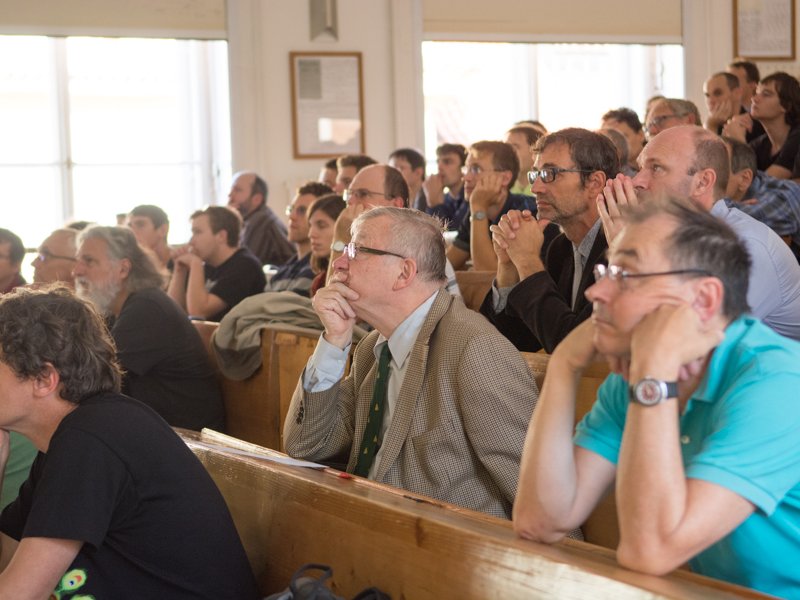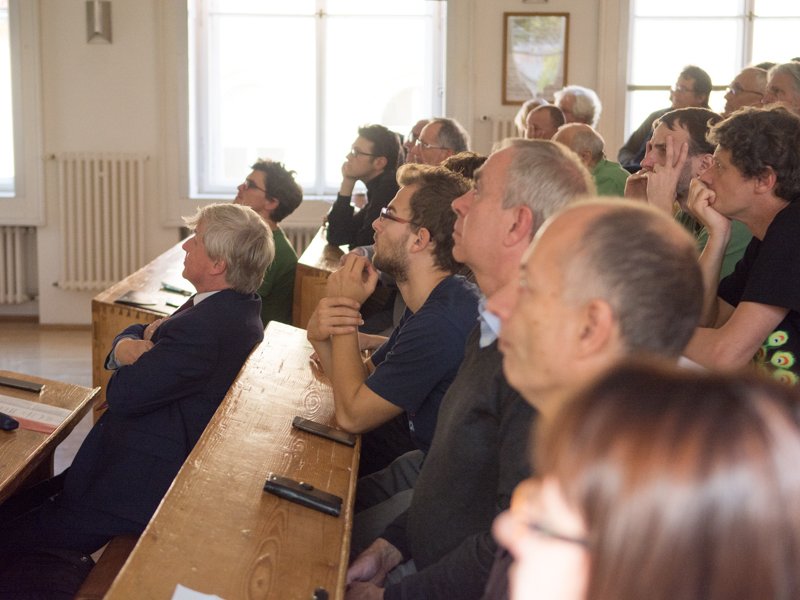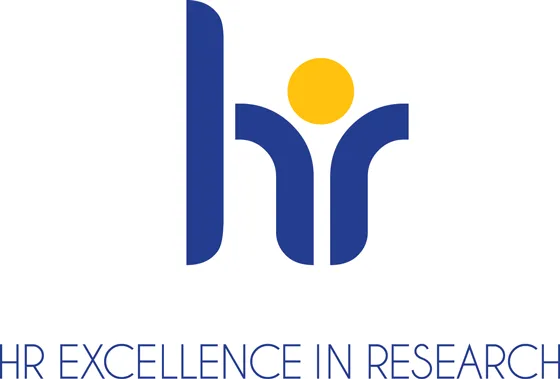Jarníkovská přednáška prof. Feichtingera

Dne 4. října se konala již po šestnácté tradiční připomínka profesora Vojtěcha Jarníka. Se svou přednáškou nazvanou „Fourier Transform in the 21st Century“ vystoupil prof. Hans Georg Feichtinger z Vídeňské univerzity (Universität Wien).
Profesor Hans Georg Feichtinger se narodil v roce 1951 ve Vídeňském Novém Městě. Studoval matematiku a fyziku na Vídeňské univerzitě, kde v roce 1974 získal doktorát a v roce 1979 obdržel habilitaci.
Je zakladatelem vídeňské skupiny Numerical Harmonic Analysis Group (NuHAG). Primárně se tedy zabývá harmonickými analýzami se zvláštním zaměřením na analýzu čas-frekvence. Je taktéž šéfredaktorem Journal of Fourier Analysis and Applications.
Abstrakt přednášky:
The Fourier transform is close to 200 years old by now, but the method of teaching has not much changed in the last 100 years, once Lebesgue integration was established. But the range of applications has dramatically changed in the last 50 years. Digital signal processing is largely based on the FFT (the Fast Fourier transform, as proposed in 1965 by Cooley-Tuckey), while the theory of tempered distributions as proposed a bit earlier by L. Schwartz is the basis of the modern theory of partial diff erential equations. The talk will outline some of the connections from linear algebra to Fourier analysis that can easily be explained using numerical experiments and guide towards basic facts of what is called time-frequency or Gabor analysis. Here local frequency analysis is performed in a rather classical sense. Based on these investigation a new setting, the so-called Banach Gelfand triple (SO, L2, SO’) is proposed, which allows to describe the Fourier transform in a unifi ed way, essentially viewing it as the linear mapping which maps pure frequencies into Dirac measures. In this setting even a kernel-theorem is possible, which is the analogue of a matrix representation for linear mappings in the fi nite dimensional case.
– OMK –

